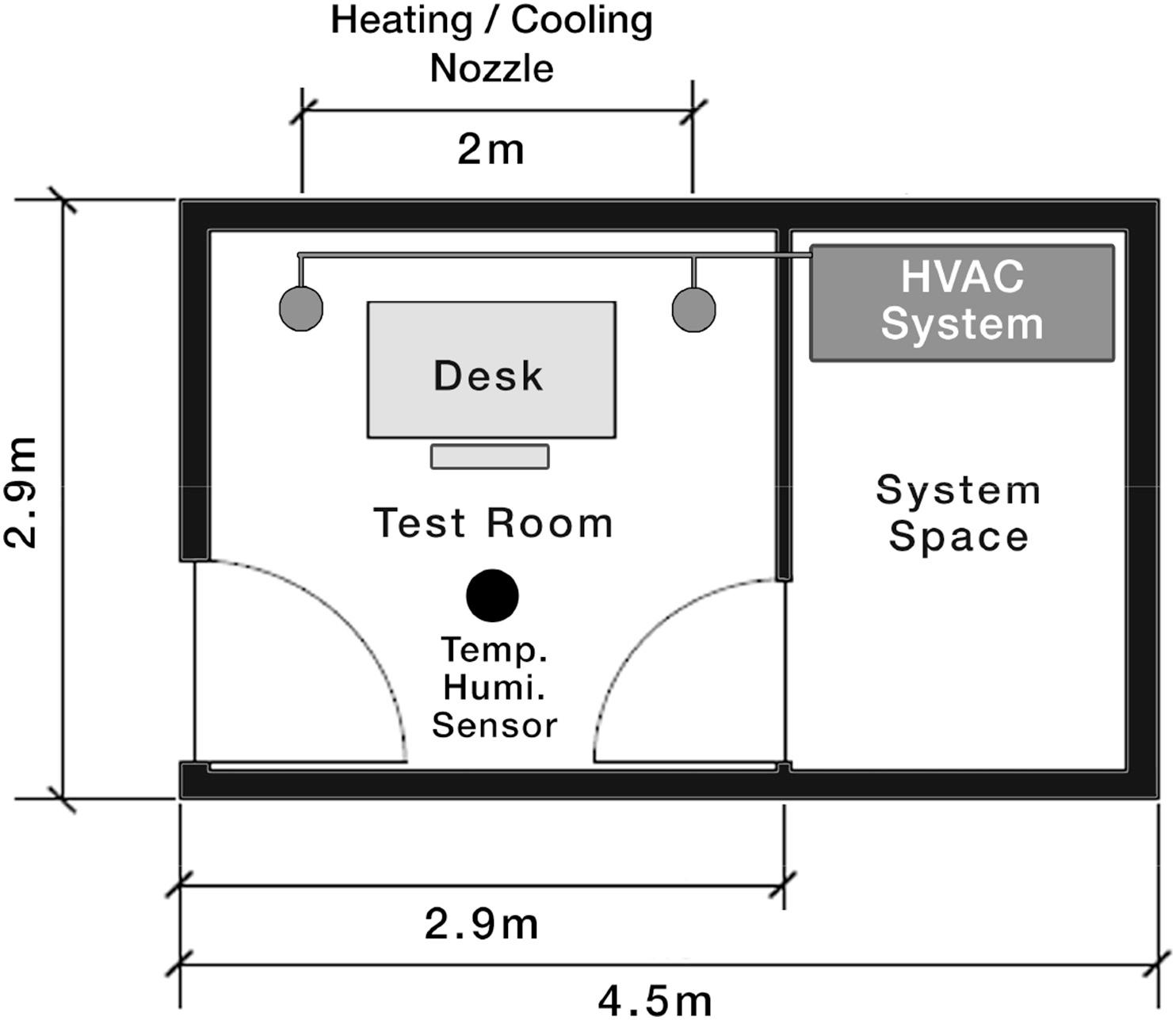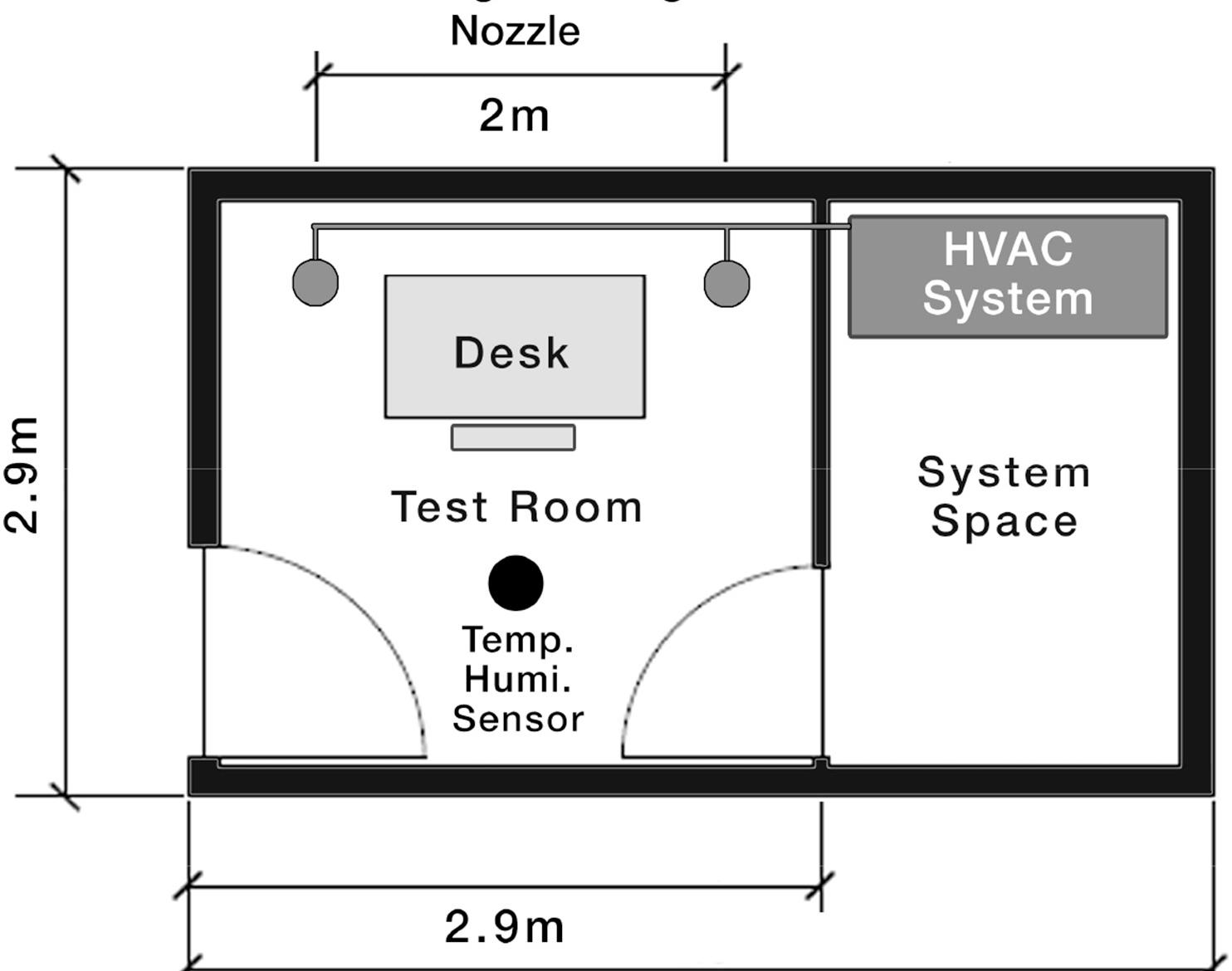
7 minute read
with Dellan Raish Dongwoo Jason Yeom
Dongwoo Jason Yeom
a conversation with Dellan Raish
Dongwoo (Jason) Yeom is a researcher and educator who has a strong interest in human-building integration, highperformance building, and sustainable building design. He has conducted multiple experimental research on sustainable design, building performance analysis, indoor environment quality (IEQ), and human-building integration. At ASU, he is conducting multidisciplinary research, which investigates the relationship between the indoor environment, human physiological responses, and occupant’s productivity as well as the methodology to use human physiological signals as an indoor environment control factor. Based on his works, Dr. Yeom has published multiple papers in prestigious journals, including Building and Environment, Energy and Buildings, and Indoor and Built environment. Yeom received his Ph.D., MS, and BS from the Department of Architecture at Ajou University in Korea and conducted his postdoctoral research at California State Polytechnic University Pomona and the University of Southern California. Prior to joining ASU, he has worked as an assistant professor of Architecture at Lawrence Technological University in Michigan. He is an active member of the American Society of Heating, Refrigerating, and Airconditioning Engineers (ASHRAE), Society of Building Science Educators (SBSE), Building Technology Educator’s Society (BTES), and Korean-American Scientists and Engineers Association (KSEA).
Dellan Raish: How do our buildings connect with each other, connect with their environments, connect with us, and connect us to each other?
What is the importance of connection and architecture?
Could you speak on any cultural differences relating to connection and architecture? How has your experiences globally changed the way you think about the building user relationship?
Jason Yeom: Considering my expertise related to my research, I would like to answer in the perspective of connections between buildings and human. In an old fashioned way we use the building as a shelter to have protection but it’s not just about the physical form. These days it becomes more and more important about the protection against climate. It becomes a place where we work and live. Based on the research, people these days spend almost 90% of their time in the indoor environments so that becomes more and more important how to control and provide those optimal environments.
In a sort of conventional approach, the connection between human and building, there was not a significantly intimate connection. In the building engineering perspective when you think about the thermal and visual comfort, we have a control. For example, we had a control you can turn on the AC you can turn on the heater or you can turn on the light, so that you can kind of create an optimal environment for you. I cannot really call it as a connection it’s something like a function. In these days, because of all the technologies
If you ask 100 faculty members you’ll probably get 100 different opinions about that one. In my case I think that’s what makes architecture and building special. I can interpret connection as a relationship, then architecture and building can be a tool to generate and increase the relationship between people. The physical form of the building can also create a relationship between the artificial form. The building is something man made versus nature, so that relationship can be generated and developed through this architecture, especially when we think about the human.
Although I experienced a lot of different East Asian cultures, then in Michigan, which is very different from the west coast and Arizona. The core of my interest, I can say that it was within thermal comfort. Based on the culture, based on the geological location, based on the technology or the accessible materials. The materials that I was able to use in Korea will be like IoT (Internet of Things), sensors and smartphones, we start to have some sort of intimate relationship between human and building. Very simple example is that you walk into your office and it recognizes you, turns on the lights and turns on the radio. If you have one of those smart sensors system like Alexa or Google home etc, then you just walk in and ‘Hey Alexa, do something’.
There we actually start to make some relationship and connection with the building which then works in favor of what we’re doing in that building. It will provide a better resting environment for the bathroom, a living room, a personalized environment for the optimal work. I think that becomes more and more important, these days that’s how the building creates a connection with humans.
The relationship between human and building... conventionally a very long time ago humans started living in the caves just to get some safety and protection against nature and predators. That’s evolved into the current form of architecture. We’re also looking for some other meaning in the architecture so it evolved in that we’ve been taking that pathway. It just becomes more and more important. It’s not just about the shelter anymore it became a workspace, it became a place to be connected with someone else, or it became a place to explore something new.
very different from the things that I can get in Michigan, Arizona, California. Although I had the same interest in thermal comfort, the approach was limited based on those accessible materials or the cultural differences. For example, in Korea 99% of our heating system in the home is a radiant floor. Absolutely zero basements.
In the end, the goal is the same. We want to be in a thermally comfortable environment in any building. The way we approach is based on the materials, based on your how you were educated, how you are grown. That can create all kinds of diversity. So for me, it was very interesting to come from those cultures and then adapt those knowledge and experiences into teaching at ASU. It is an interesting exchange of knowledge and experience.
What were your findings when connecting the building and user through technology? Was there differences in occupant productivity in a workplace setting?
Again, a conventional approach in architectural engineering is where they calculate and try to predict and provide optimum indoor lighting environment and thermal environment. The rule of thumb was, let’s say you put one hundred people in the wind one room and then, if 80% of that people say this is comfortable, then you can say you guarantee that that room is well managed, well controlled. It could be visual or it could be thermal.
That was a conventional approach, but we all know that everybody has a different comfortable range. I don’t know about you, but in my case, I prefer a little colder environment. My parents, especially my mother, always complained that ‘your room is just way too cold’ and then in early summer, she said, ‘this is perfect weather’ but I was already sweating inside the home, so I had to turn on the AC when she tried to turn it off.
Everybody feels differently thermally, visual comfort is the same thing.
So how do we, in these days, evolve this technology when each individual’s opinions are getting more and more attention. The recent theme is how we can provide personalized environments, how we can provide optimal environments for each individual instead of being complacent with 80% approval.
My research was focusing on collecting all those the physiological signals like your skin temperature, your heart rate, your gender differences, your body mass, body type etc. Everyone’s body works in different ways so collecting those signals to try and predict how, lets say, your forehead skin temperature is x then, if your heart rate is y, you will feel cold, slightly chilly, or comfortable. Based on that information, we can actually customize the thermal or the visual environment to connect to the user.
You may think that if your room is normally comfortable, then you may feel that it would be the ideal temperature for my maximum productivity. Actually, the results showed that when you feel comfortable, that doesn’t guarantee your maximum productivity. The result was improved productivity when you feel slightly cold, slightly chilly. The testers score was actually the best meaning that you’re probably more alert, more stimulated.
What about visual comfort? Were there any results on the indoor lighting environment?
About the visual comfort, it is a known fact that when it is a brighter environment in general, human’s productivity is higher than a dark environment. However, when we talk about that brightness, some people prefer an ambient bright. Some people prefer dark room where they have only one super bright desk lamp. That can enable users to be laser focused. So there was a lot of personal preferences and bias. Based on those findings, then trying to collect those personal differences, recreate, and predict future data in the effort to maximize your productivity or physical performance.

Yeom, Dongwoo & Choi, Joon-Ho. (2017). Study of data-driven thermal sensation prediction model as a function of local body skin temperatures in a built environment.

Yeom, Dongwoo & delogu, Franco. (2019). Thermal preferences and cognitive performance estimation via user’s physiological responses.










